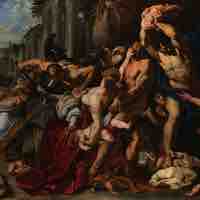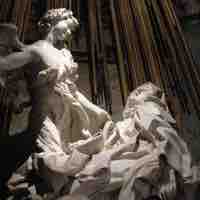Chapter 21
The Baroque Period
By Boundless
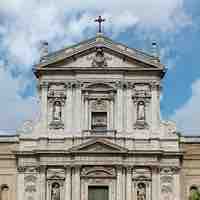
The highly theatrical Baroque architectural style dominated Italy in the 1600s.
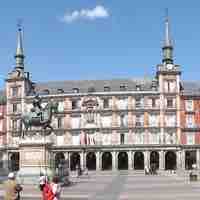
A particular strand of Baroque architecture evolved in Spain and its provinces and former colonies in the late 17th century.
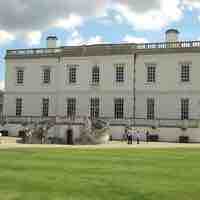
English architecture during the 17th century can be characterized by its use of Palladian, Jacobean, and English Baroque styles.

The Palace of Versailles was built during King Louis XIV's reign and contains 700 rooms, extensive gardens, and lavish decoration.
Baroque painting emerged in the 16th century and became extremely popular in the 17th century; the Roman High Baroque lasted from 1623 to 1667.
The Spanish Golden Age is a period of flourishing in arts, coinciding with the political rise and decline of the Spanish Habsburg dynasty.
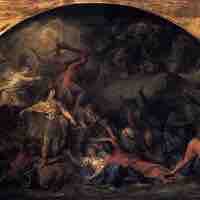
17th century painting in France was influenced by Italian Baroque sensibilities as well as the Classical tastes of the powerful monarchy.
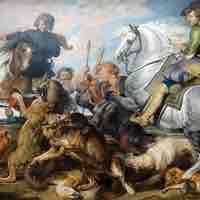
The style of painting produced in Flanders during the 17th century is known as Flemish Baroque.
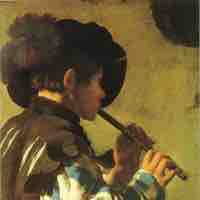
Hendrick ter Brugghen, Gerrit van Honthorst, Frans Hals, and Judith Leyster were important genre painters of the Dutch Republic.
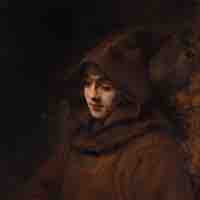
Rembrandt is remembered as one of the greatest artists in European history and the most important in the Dutch Golden Age.
Landscape and interior genre painting of the Dutch Republic became increasingly sophisticated and realistic in the 17th century.
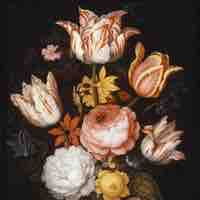
Still life painting flourished during the Golden Age of the Dutch Republic.
